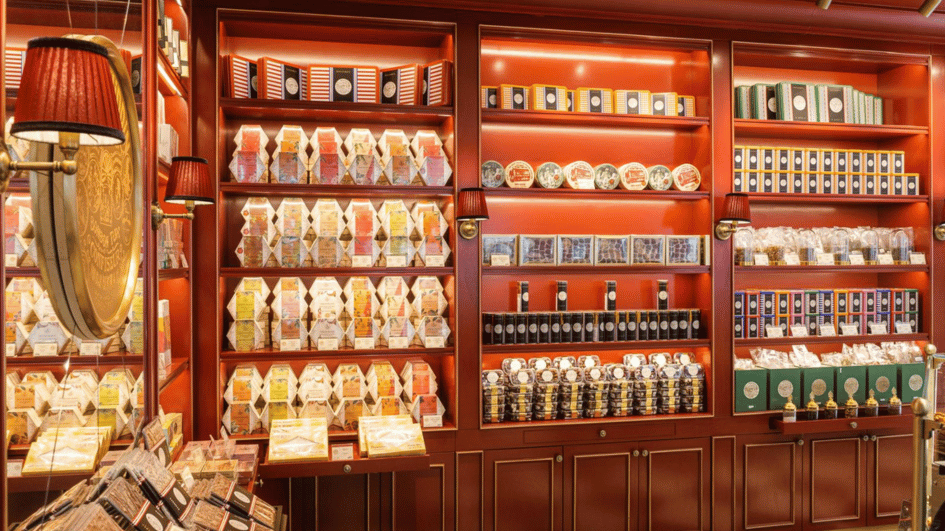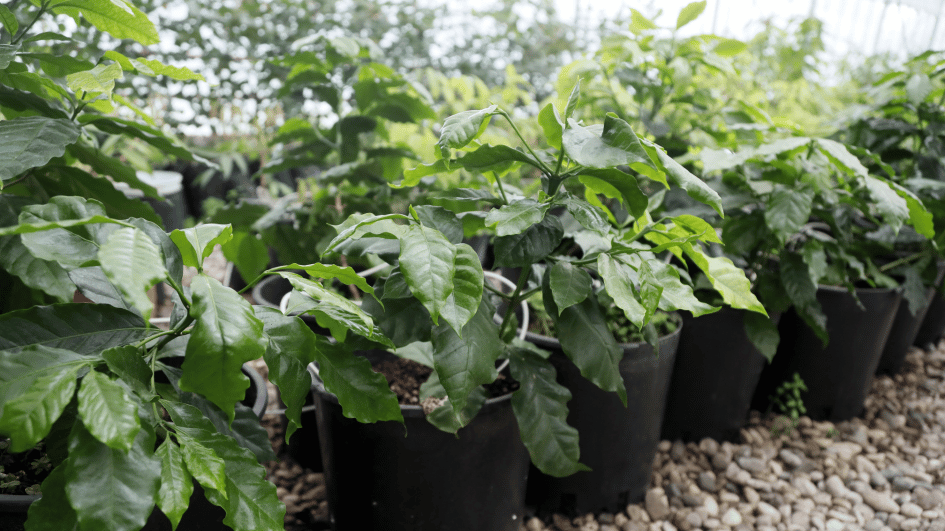Çeşme highlights nine of its faces
ÇEŞME
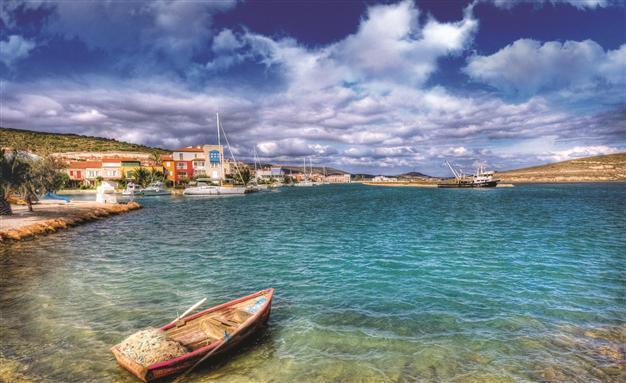 The western Turkish town of Çeşme, a district of the İzmir province, has launched a campaign to promote nine of its local destinations known for their unique beauty.
The western Turkish town of Çeşme, a district of the İzmir province, has launched a campaign to promote nine of its local destinations known for their unique beauty.“We think that not all the aspects of Çeşme are known, despite the fact that it is one of the most popular and oldest destinations in Turkey and the pearl of the Aegean,” Mayor Muhittin Dalgıç said at a launch ceremony at Istanbul’s Rahmi Koç Museum on April 7.
A hub of joy
The local population of the whole peninsula is around 35,000, but it is increasingly becoming an important tourist destination that rivals Bodrum.
“We perceive Çeşme as a hub of joy that lives to its fullest 12 months of the year. All of these neighborhoods, Reisdere, Ovacık, Ilıca, Ildırı, Germiyan, Dalyan, [Çeşme center], Çiftlikköy and Alaçatı, present different experiences for various preferences,” he said.
Alaçatı
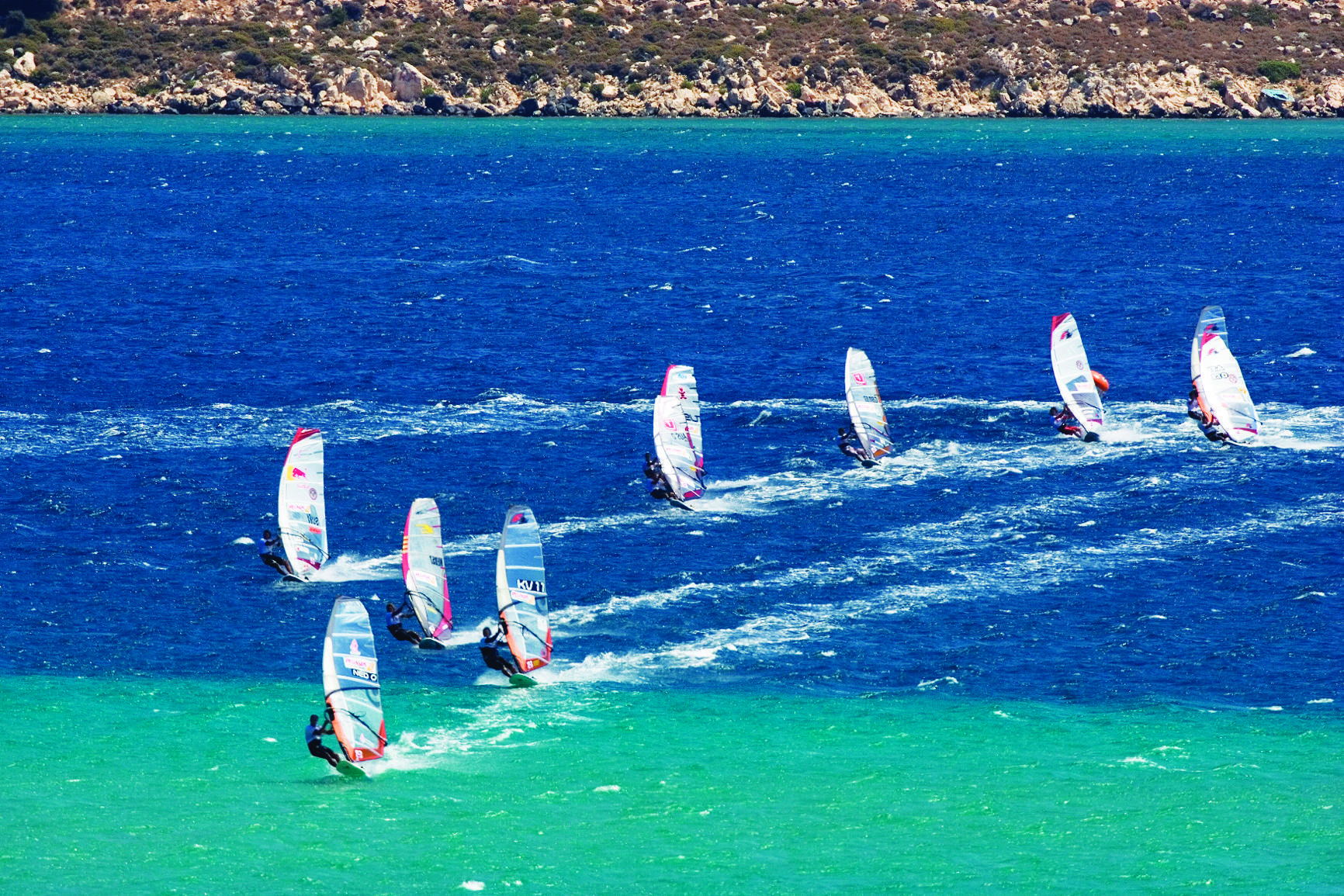
Named “Agrilia” in ancient times, Alaçatı is at the very center of the ancient region of Ionia, starting from the south of İzmir and reaching all the way to the Menderes River. Alaçatı is noted for its breeze that does not move the sea surface, wind surfing, terebinths dripping turpentine from its branches, Friday antique market, oriel-windowed mansions and herb festival that has become a gastronomical tradition. Its historical stone houses were mostly built between 1850 and 1890. With its conservationist approach, Alaçatı has become one of the most authentic resorts on the Aegean.
Germiyan
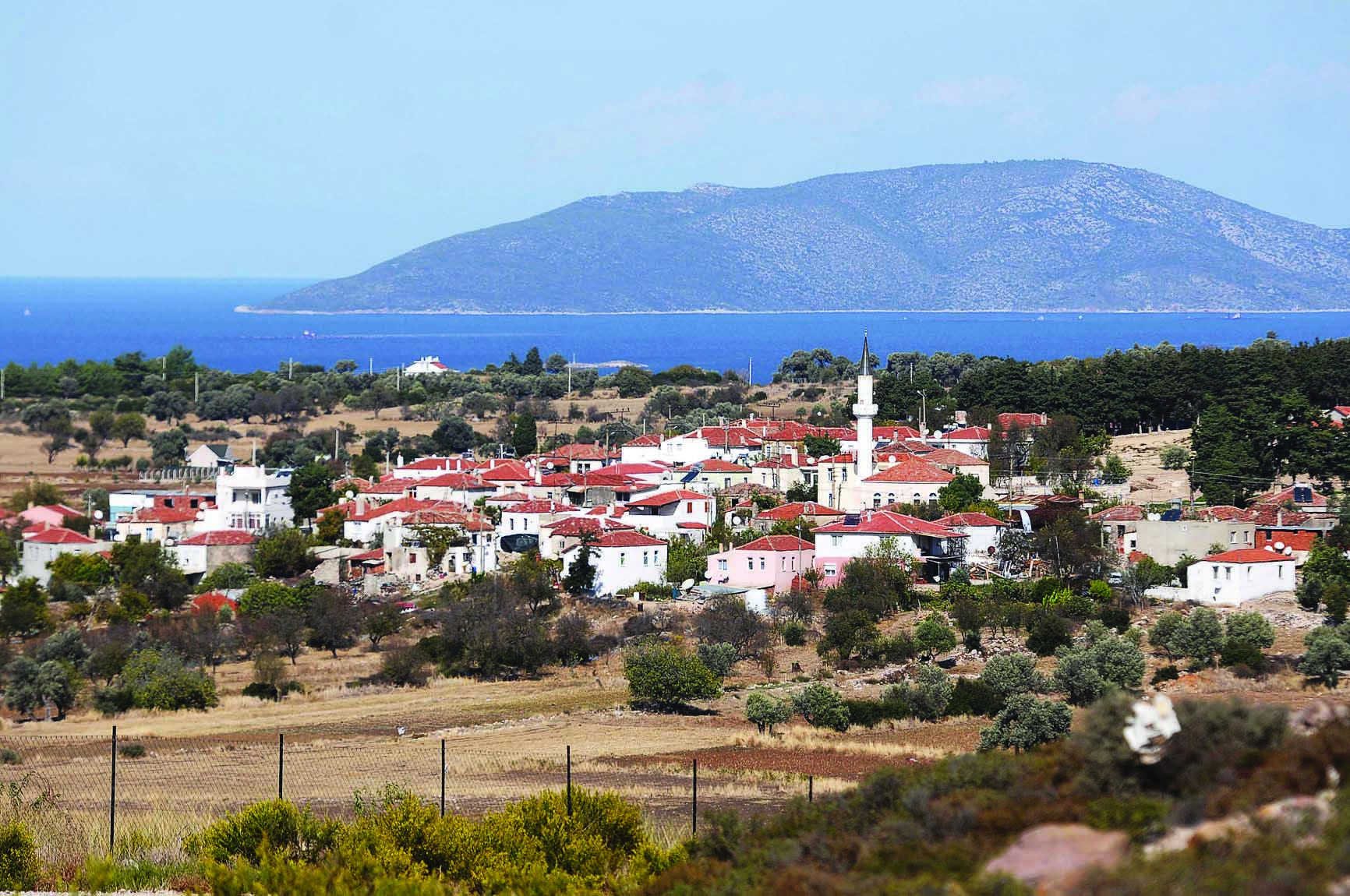
Ethnically different from others, the Turkmen village Germiyan is a settlement built by an Anatolian principality, the Germiyanids, and is home to a unique olive type, the “date olive.” This olive species, which is endemic to the region, and the town’s sourdough bread make the village famous. The coffeehouse in the village square has an authentic ambiance and tourists often stop by for a tea.
Ilıca

Ilıca is one of Çeşme’s most popular spots with its wide and almost 2-kilometer-long beaches with white sand, offering quality accommodation and thermal facilities. Warm thermal waters in the sea make the Ilıca beach and other beaches around the area a giant thermal pool. One of the most important features of Çeşme’s beaches, especially Ilıca, is that the waters remain shallow for the first 100 meters from the shore. Ilıca offers an extremely pleasant and safe vacation opportunity for especially families with children and senior travelers.
Ovacık
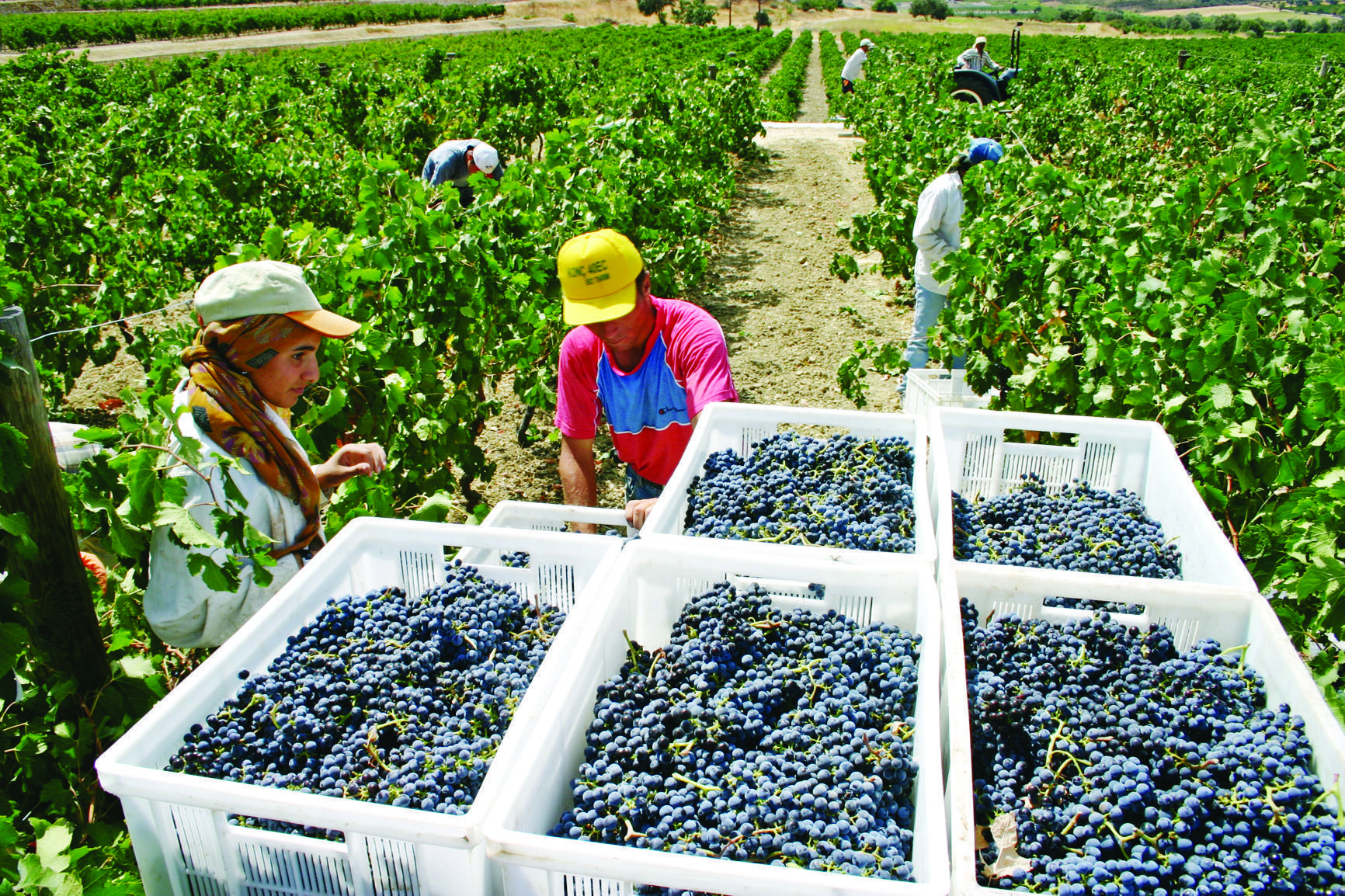
Ovacık, with its adjacent soft peaks and regional breeze, is a very unique area. For this reason, vineyards and wine production are quite widespread. There are many professional and amateur vineyards in the region. Alongside wine producing, fruit juice, olive oil, lavender and grape seed trade is also important. Ovacık is a destination for gastronomy enthusiasts with its special artichokes, melons and sheep, which are under protection.
Ildırı
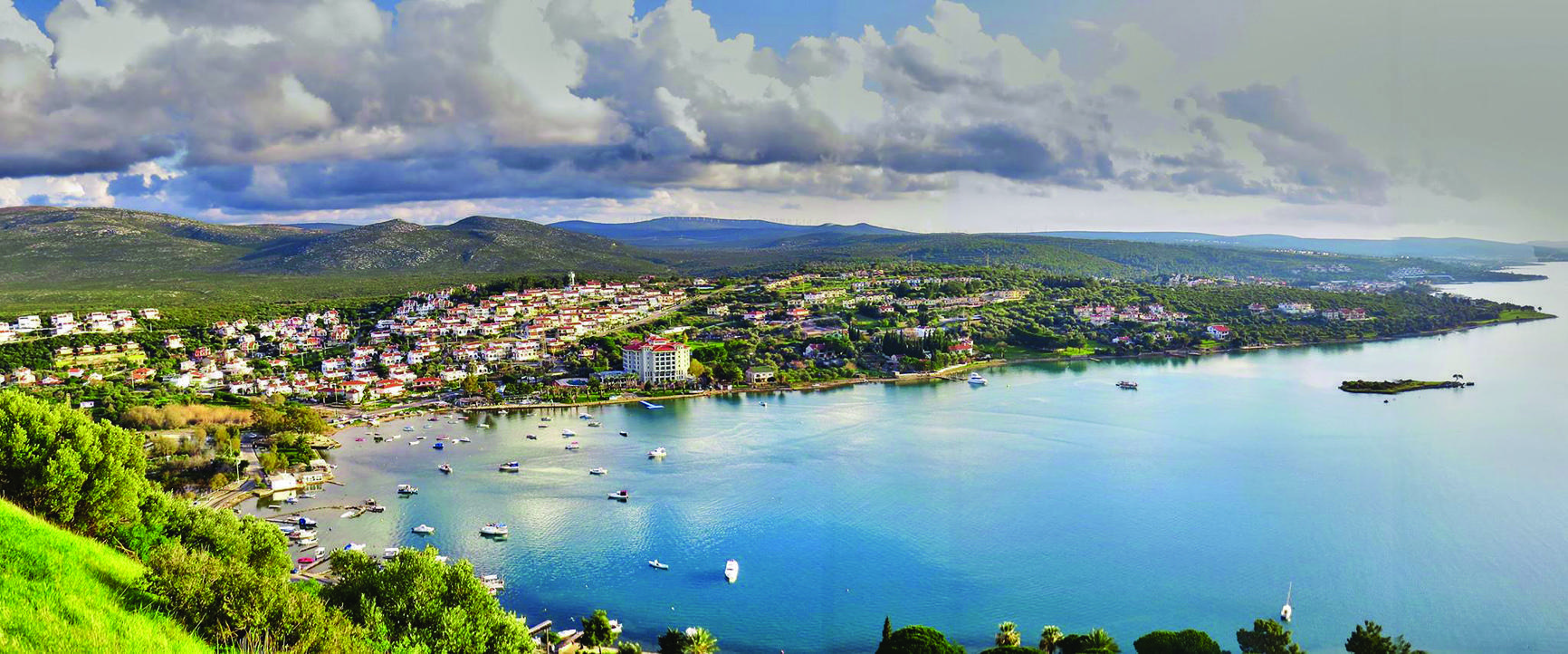
Ildırı is located 27 kilometers away from Çeşme’s center on a beautiful bay with small islands. It was the first ancient settlement in the Çeşme Peninsula, known originally as Erythrai. The ancient theater on the north slope of the acropolis was built in the third century B.C. The Athena Temple and the ancient theater are extremely beautiful for archaeology enthusiasts, especially at sunset. Ildırı also has much to make visitors salivate, with artichokes, fish restaurants, lokma (donut-like Aegean snack) and breakfast venues.
Dalyanköy
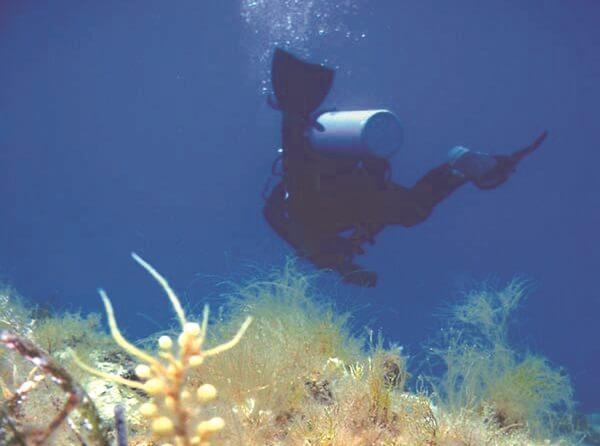
Also known as “Eski Camii” (Old Mosque), Dalyanköy is two kilometers north of Çeşme. During the Byzantine era, the father in law of Kılıç Arslan I, Emir Çaka, seized the peninsula and arrived in Çeşme in 1081, settling Turks from the Oghuz tribe there. With the ruins of the mosque and wide cemetery, it is an interesting example of 11th-century Turkish settlement. The village attracted a lot of migrants from the Black Sea at the beginning of the last century. Dalyan is a must-see stop for a variety of choices for flavor seekers with its fish and seafood restaurants.
Çiftlikköy
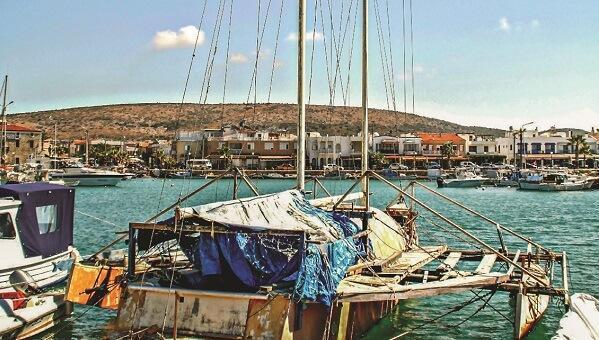
It is always possible to find tranquil, windless spots in Çeşme, a place known for its breeze. While one side of the peninsula is windy, the reverse side remains calm. The Pırlanta Beach (Diamond beach) and the famous Çiftlik await visitors with brilliantly shining sea and tranquility. Also, the region’s most popular seafood and crawfish restaurants are located in Çiftlik. The village also hosts a yacht captain training school, as well as locations for kitesurfing.
Reisdere
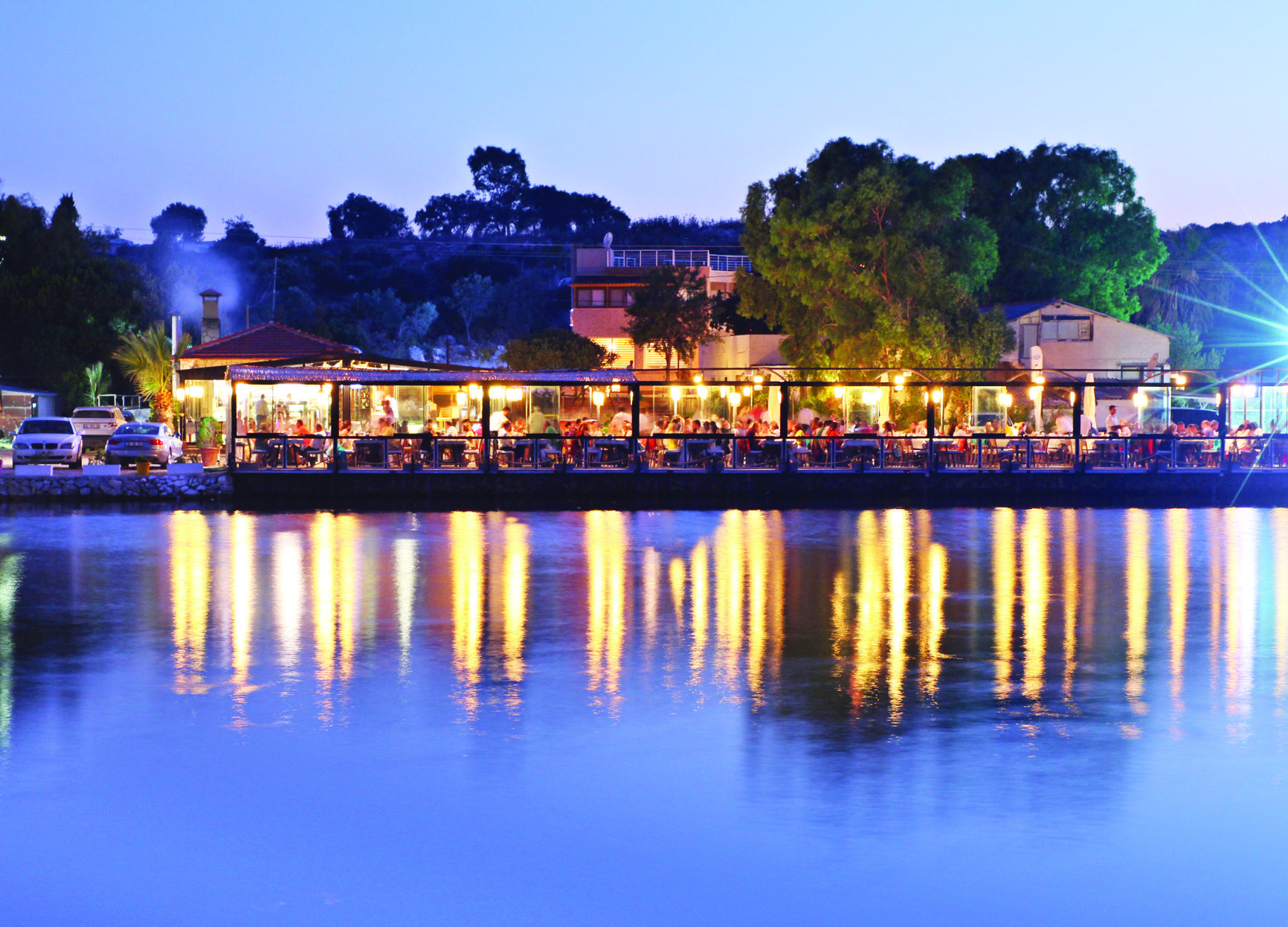
Reis Dere is a nice village with many Balkan migrants, fish restaurants on its shore, thermal waters and healing mud baths. The village has been able to protect its historic feel as well as its traditions and customs. To the northeast of Çeşme and south of Reis Dere, there is an ancient settlement area. In this area, there are graves and sarcophagi. The healing waters and mud are known to help cure several illnesses such as rheumatism, rickets, gynecological diseases, urinary tract infections, stomach and intestine problems, and are also known to be good for several skin diseases such as eczema and hematoma.
Çeşme
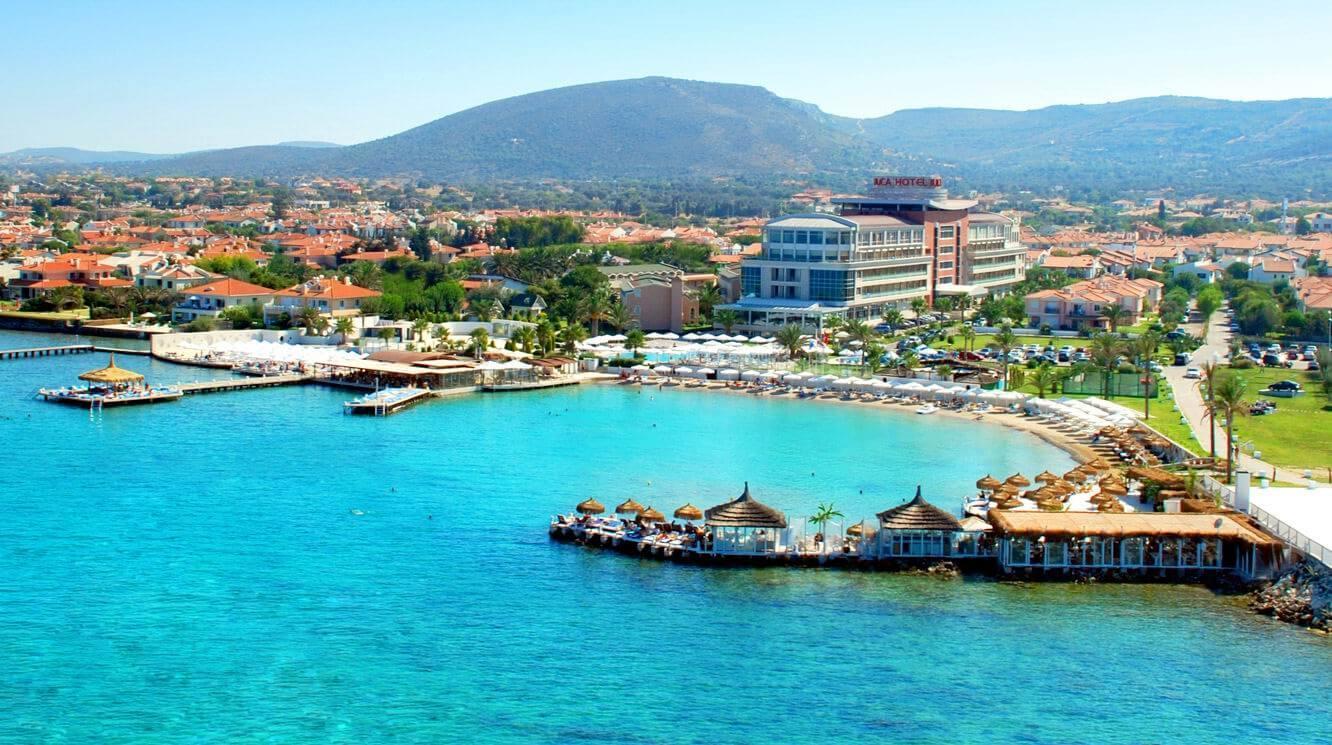
Located at the west end of İzmir, the name of the Çeşme district was Cyssus in ancient history and was one of the 12 Ionian cities in the Ionian League. The Çeşme region met the Turkish reign with the great Turkish sailor Çaka Bey toward the end of the 11th century. One of the most visited historic venues in Çeşme is the Çeşme Castle built by Bayezid II. Çeşme is among one of the most special holiday spots of the Aegean and has a population of 35,000. It covers an area of 260 square kilometers with authentic architecture, fish and meze (appetizer) culture. It is a region where one side of the peninsula is windy while the other side is dead calm, hosting tourists both in winter and in the summer.
The town is also just 30 minutes to Chios Island and boasts six five-star hotels, as well as several boutique hotels. It has four marinas with a capacity of 1,300 boats.


